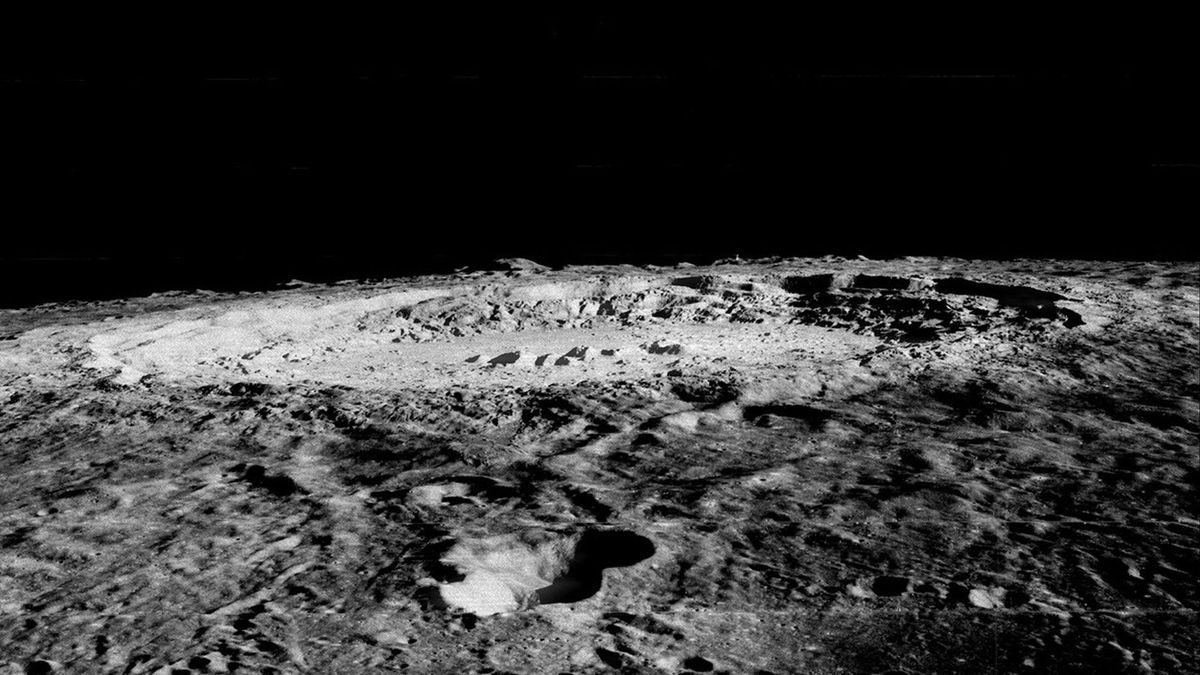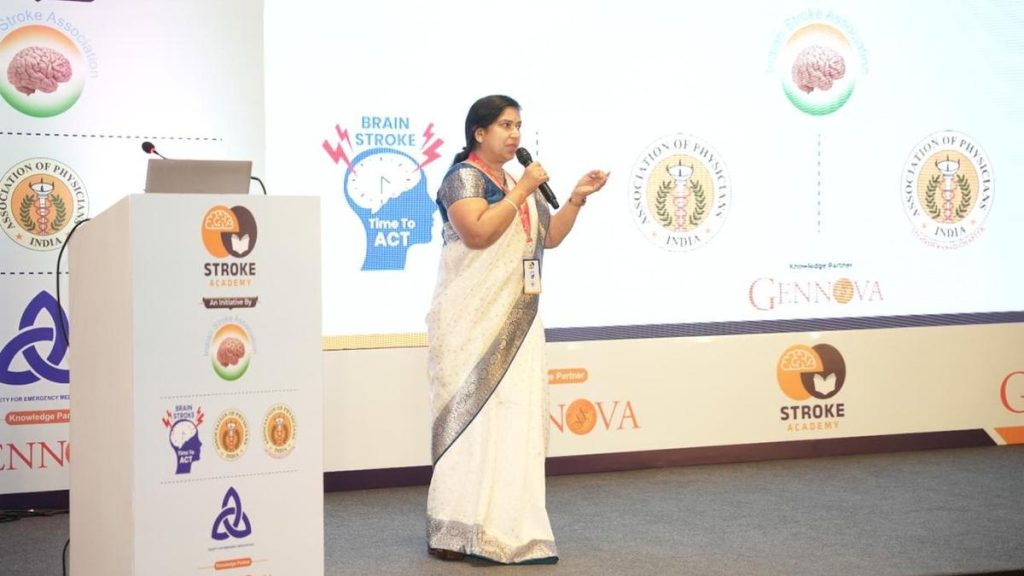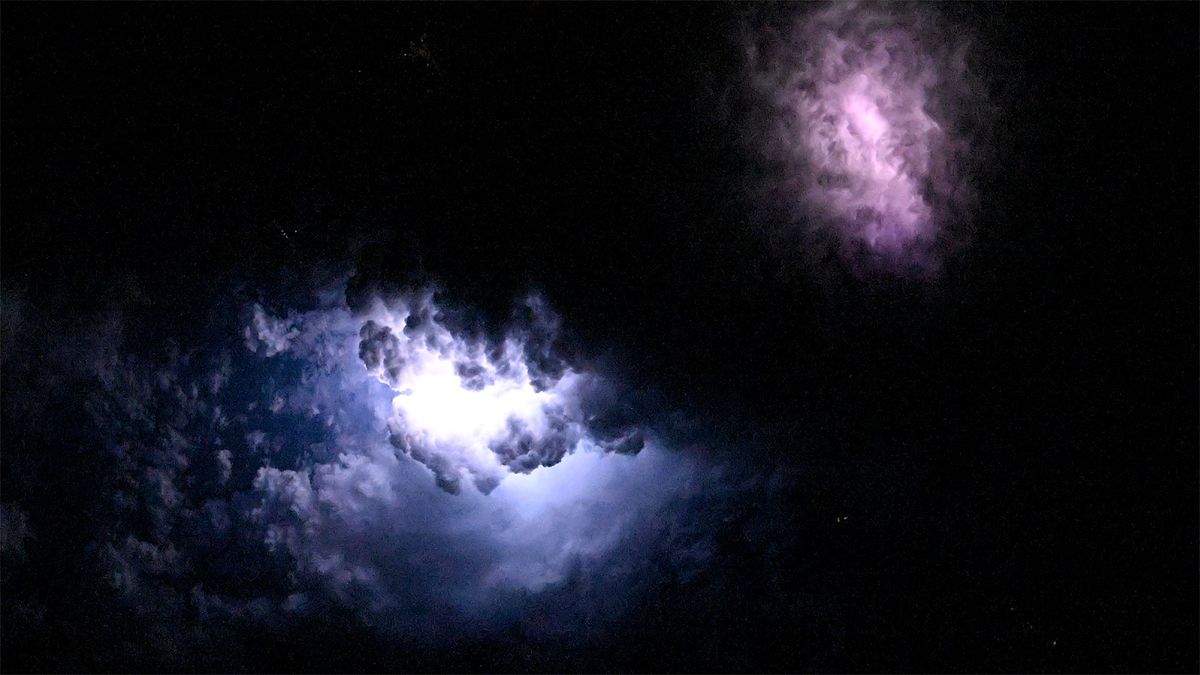Now Reading: Why Does the Moon Have Magnetic Rocks Despite Lacking a Magnetic Field?
-
01
Why Does the Moon Have Magnetic Rocks Despite Lacking a Magnetic Field?
Why Does the Moon Have Magnetic Rocks Despite Lacking a Magnetic Field?

Speedy Summary
- Some lunar rocks have strong magnetic properties despite the absence of a current magnetic field on the moon.
- NASA’s Apollo missions and data from spacecraft identified magnetized rocks primarily on the moon’s farside.
- New simulations propose that a massive asteroid impact billions of years ago briefly amplified the moon’s weak magnetic field, imprinting magnetism in some surface rocks.
– The Imbrium Basin may be linked to this phenomenon through an asteroid impact.
– The collision caused superheated plasma and seismic waves which concentrated and temporarily amplified magnetism on the far side of the moon.
– Rocks captured this short-lived surge in magnetic orientation akin to a “geological snapshot.”
- Researchers estimate this sequence occurred within less than an hour yet left lasting anomalies detectable today.
- Strongly magnetized rocks near the south pole, notably on the farside, are target sites for future lunar exploration missions like NASA’s Artemis program.
Image:
!The Mare Imbrium Basin
Caption: The Mare Imbrium Basin, located on the northern nearside of Earth’s Moon (Image credit: NASA/JPL/USGS).Read More
Indian Opinion Analysis
India’s increasing participation in lunar exploration efforts adds relevance to discoveries about unusual phenomena like persistent magnetization in moon rocks. These advances reflect how interdisciplinary science-combining data from computer simulations and planetary geology-continues to unravel celestial mysteries long thought inexplicable. For India and other nations aiming towards greater scientific contributions through space programs such as Chandrayaan,research like this highlights critical questions worth exploring further.
Understanding processes triggered by massive asteroid impacts also provides insights into planetary formation history-a vital context not just for Earth’s neighborhood but potentially applicable elsewhere during future interplanetary studies. As global interest grows with upcoming missions targeting unexplained features near the lunar south pole-including possible indian collaborations-the findings stimulate scientific curiosity tied directly to advancements pivotal for unraveling broader space-related enigmas.Neutrality underlines their importance without speculation beyond validated research outcomes.

























